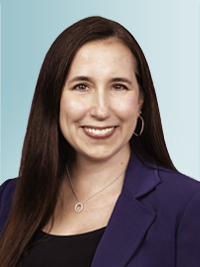For plan years beginning on or after January 1, 2025, SECURE 2.0 requires certain plan sponsors of a 401(k) plan or 403(b) plan to adopt automatic enrollment provisions.
What is Automatic Enrollment?
Automatic enrollment is designed to boost employee participation in retirement savings plans. Eligible employees who do not actively choose a deferral rate will have a predetermined rate set for them in the plan document. If an eligible employee does not complete an enrollment election form, they will be automatically enrolled in the plan and deferrals will be deducted from their paycheck and contributed to the plan.
Exceptions to the Automatic Enrollment Mandate
Exceptions to the automatic enrollment mandate:
- Plans established before December 29, 2022. The established date is the plan document’s initial adoption date, which may be different than the plan’s effective date.
- Businesses that normally employ 10 or less employees.
- New businesses that have been in existence for less than three years.
- Churches and governmental entities are exempt.
Highlights of the Provisions for Plans Subject to the Automatic Enrollment Mandate
The summary only encompasses some of the requirements and considerations for automatic enrollment.
- Required to have an Eligible Automatic Contribution Arrangement (EACA). After receiving the required notice, the plan’s default rate will be applied uniformly to all eligible employees.
- Required to have 90-day withdrawal provisions. Allows participants to elect a distribution of their deferrals, plus earnings, that were automatically contributed to the Plan and update their election.
- Required default deferral rate.
- The initial default rate is required to be between 3% and 10%.
- If the default rate is less than 10%, escalation is required of 1% on the first day of the plan year following the participant’s one year of participation until 10% is reached but the rate can’t exceed 15%.
- Practical consideration: set the default rate at 10% to eliminate the escalation requirement.
- Eligible employees are allowed to make an affirmative election of a deferral rate different than the default deferral rate, including zero.
- If the investments are participant directed, there must be a Qualified Default Investment Alternative (QDIA).
- If the default rate is less than 10%, escalation is required of 1% on the first day of the plan year following the participant’s one year of participation until 10% is reached but the rate can’t exceed 15%.
- The initial default rate is required to be between 3% and 10%.
Conclusion
The mandatory automatic enrollment provisions add a layer of complexity to plan administration, but the benefit will be increased participation in retirement plans and greater savings for the future. Please get in touch with us to arrange a consultation for additional guidance and practical considerations.





